#mudwing
Note
I've seen some people say how they don't like the way MudWing parents meet and raise (well, not raise) their dragonets. But I think it's fine...? It's just the way they do things. And I think it makes their tribe's culture a little more unique.
Also, these ARE animals. Advanced and intelligent animals, sure, but animals nonetheless. It makes sense that some tribes would still do things this way.
I don't like how some people paint this as a bad thing :/ Because all of the MudWings we've met have seemed pretty content with this system? (I guess Clay was a little upset at first, but he was familiar with active parental figures up until then and he became more understanding once he met his siblings.)
.
76 notes
·
View notes
Text
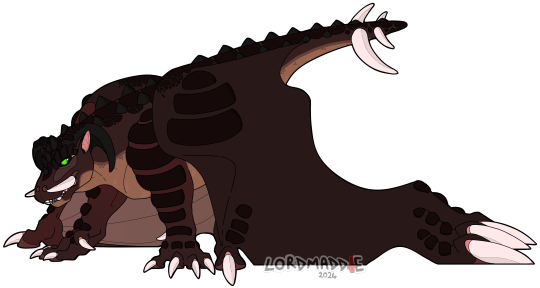
My new Mudwing OC: Battering Ram, the Queen's Shield
You can read more about him here (he doesn't have a TH page yet)
More art on my dA :)
24 notes
·
View notes
Text

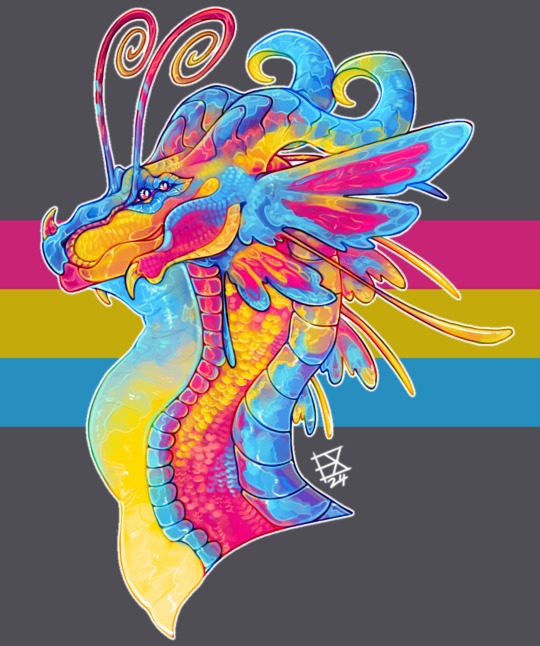

took a bit but heres Pride dragons part 2! thanks for all the love for the first set
and again id love some suggestions for more flag designs
Part 1
(edit, changed to higher resolution images)
#blues art#pride dragons#pride month#pride#asexual#wof#wings of fire#mudwing#silkwing#nightwing#lgbtq#bisexual#pansexual#asexuality#pansexuality#bisexuality#dragon#dragons
9K notes
·
View notes
Text
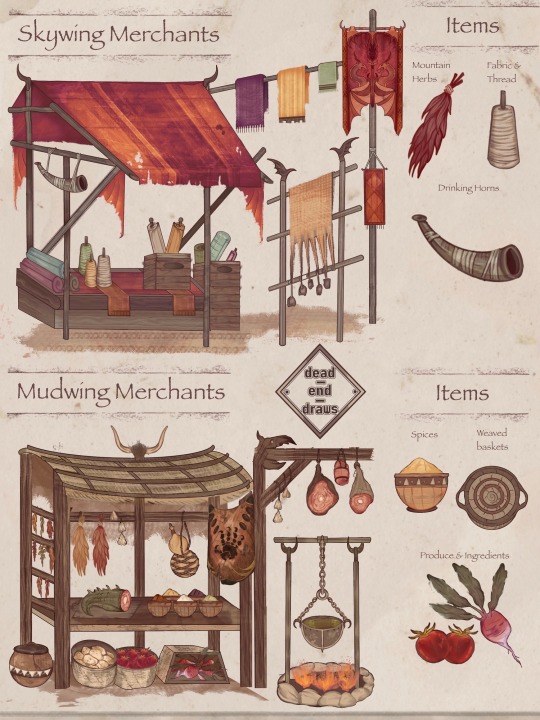

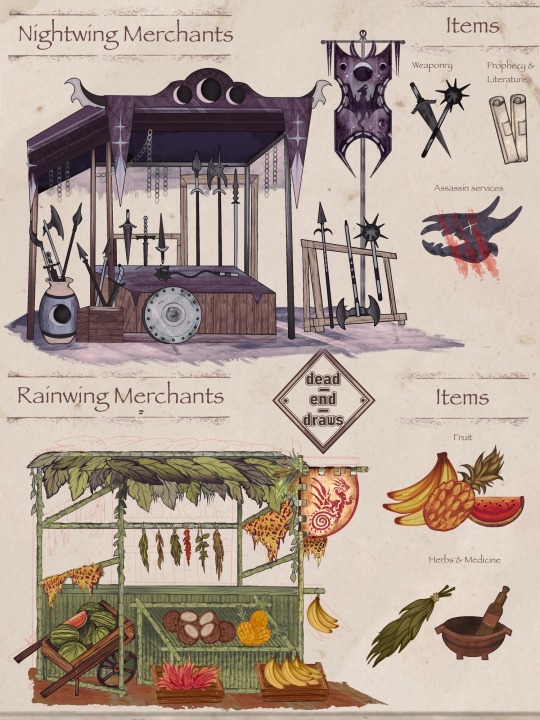
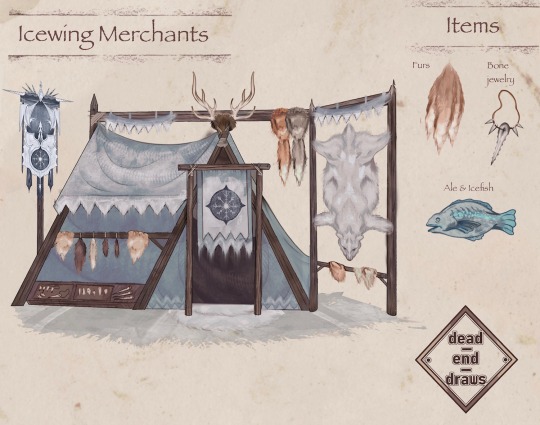
WOF tribe Merchant/Trading booth concepts:
Hey folks! This one was the recent winner of this WOF poll, so here’s my concept art that headcannons trading in Pyyria.
Read below cut for close-ups of the individual booths + the thought process / headcannons behind the design choices: 👇
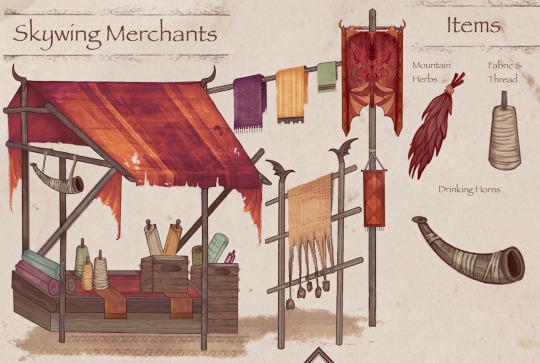
Skywings: The Sky Kingdom’s mountain ranges provide plenty of pasture for raising sheep. As such, Skywing shepherds benefit from traveling to sell their wool, dyes, fabric, and woven tapestries. Many of these merchant tables also include herbs grown exclusively in the mountains, or ibex drinking horns that can be strapped on a dragon’s shoulder & carried in flight.
Along with goods, Skywing merchants may offer sewing services to fix tears, burn marks, or other fabric damage. They are sought out for their quality clothing, and most fabric across Pyyria originated from a Skywing’s talons.
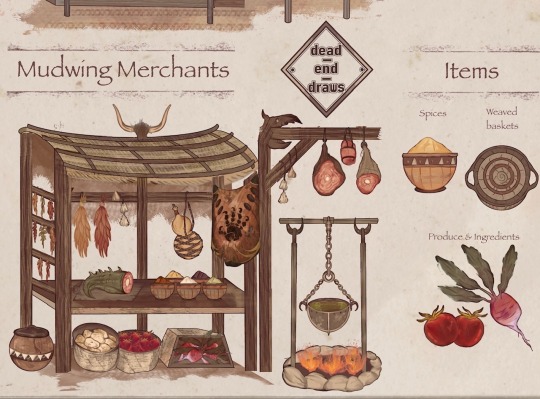
Mudwings: Mudwings’ abundant food & cooking skills are envied almost anywhere in Pyrria. Their swamps have fertile soil, responsible for hosting diverse crops which can be purchased as produce at merchant stalls. For those lucky enough to find a traveling Mudwing merchant, the promise of a delicious dish can be whipped up and served at the stall in no time. Along with produce goods, Mudwings sell weaved baskets, spices, and cooking ware.

Sandwings: Sandwing booths offer luxuries of the desert: It’s most common to find accessories such as gold carved jewelry or musical instruments such as drums, lyres, & mandolins for sale. Though, even more sought out across Pyrria is Sandwing tattoos/piercings, which are done within the merchant areas. Ink etchings on papyrus paper are stationed outside their tents to showcase designs. All which can be selected, and poked into the skin with a tapping stick and plant dye ink by a trained talon.
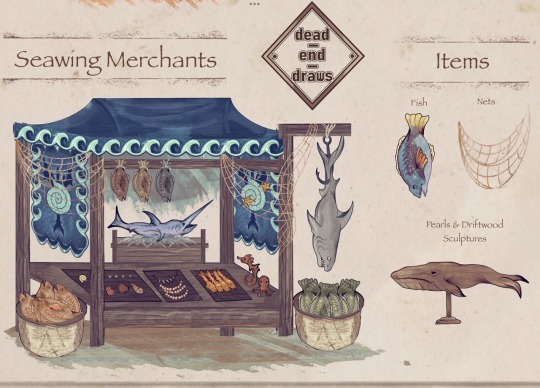
Seawings: SeaWings sell a variety of ocean related goods; taking a share in the fish market with Icewings. Outside of food, there are den decorations like driftwood carvings, accessories such as seashell & pearl jewelry, and rope nets weaved by expert Seawing sailors. Some Seawings even sell fishing equipment, canoes, or offer sailor knot tying instructions to curious dragon buyers.
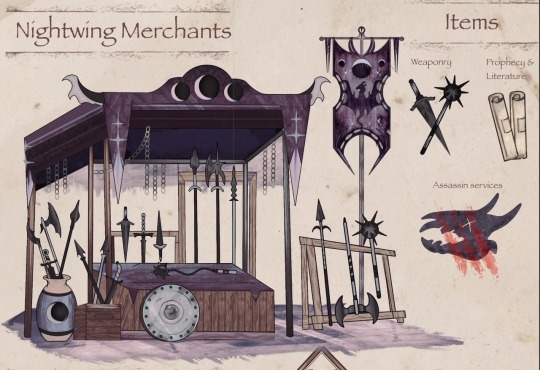
Nightwings: During the war, it was near impossible to find a Nightwing merchant. Most refused to participate in merchant territory, mostly as a way to keep up with their tribe’s mysterious nature.
Though in the more shady, unground parts of the market you can buy from a huge selection of obsidian weaponry, the sharpest in Pyyria. No one knew initially how Nightwings smithed so many weapons, or why, until their secret volcano kingdom and the intention to invade the rainforest was discovered. Then forging armor & weapons became clear. Along with a vast armory, for the right price, some Nightwing merchants offer Prophecies & Nightwing Literature (not always guaranteed to always be reliable) and assassin services as well (very reliable).
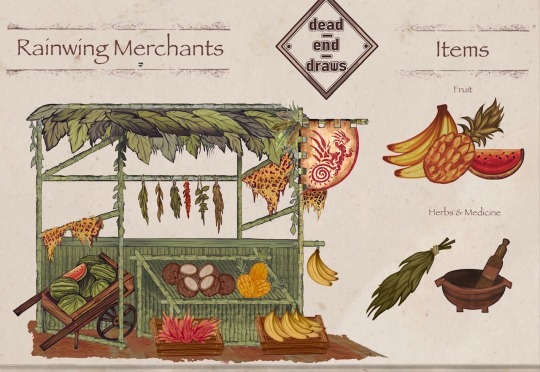
Rainwings: Though Rainwings haven’t been part of Pyyria’s trading for years, they have a vast hold on dragon medicine. An apothecary of herbs, salves, and remedies are all offered for various ailments due to the rainforest’s abundant resources. Along with medicinal goods, many Rainwings are fruit vendors, promising to any hesitant meat-eating dragons that such an array of flavors isn’t to be missed. Though, their fruit selling pitches often fall flat to most other predominantly meat-eating tribes.
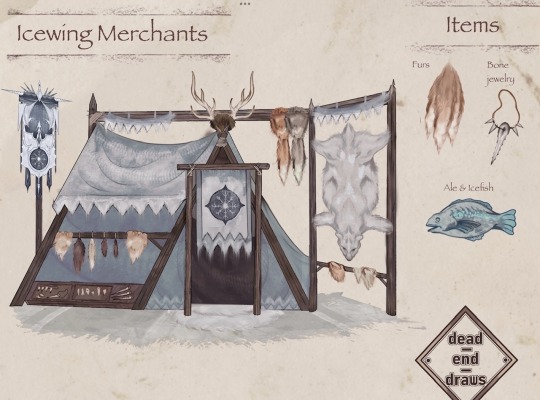
Icewings: Icewings have everything a dragon could need to brace the cold, with a selection of goods only found in the most frigid regions of Pyyria. Furs, bone jewelry, and fresh fish (thanks to frost breath) are served on ice. Though Icewings themselves don’t require fur to withstand the cold, it’s considered fashionable and common in upper ranks to wear fur as a status symbol. Since metal is hard to smith without fire & in cold temperatures, fur and bone are more accessible to Icewings for clothing statements.
#art#illustration#bookart#wings of fire#wof#dragon#concept art#concept design#dragons#dragon art#wings of fire art#wingsoffire#wings of fire fanart#wof art#wof headcanon#wof tribes#skywing#Seawing#Mudwing#sandwing#rainwing#icewing#nightwing wof#nightwing#wof fanart#wings of fire headcanons#illustrative art#worldbuilding
2K notes
·
View notes
Text
More older wings of farts
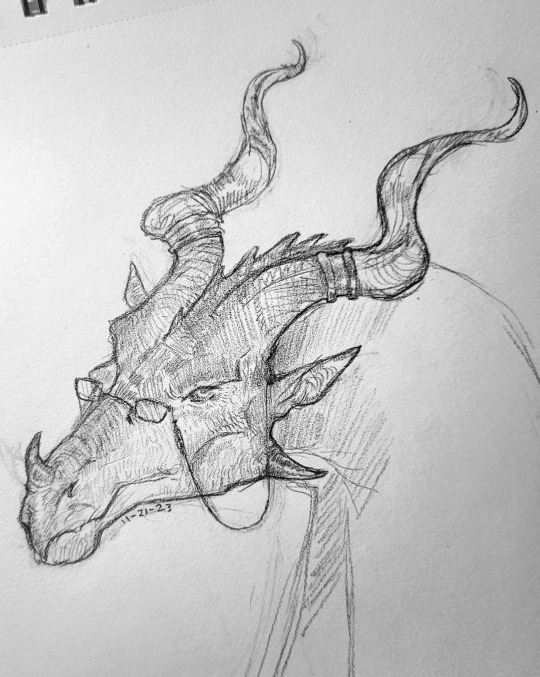
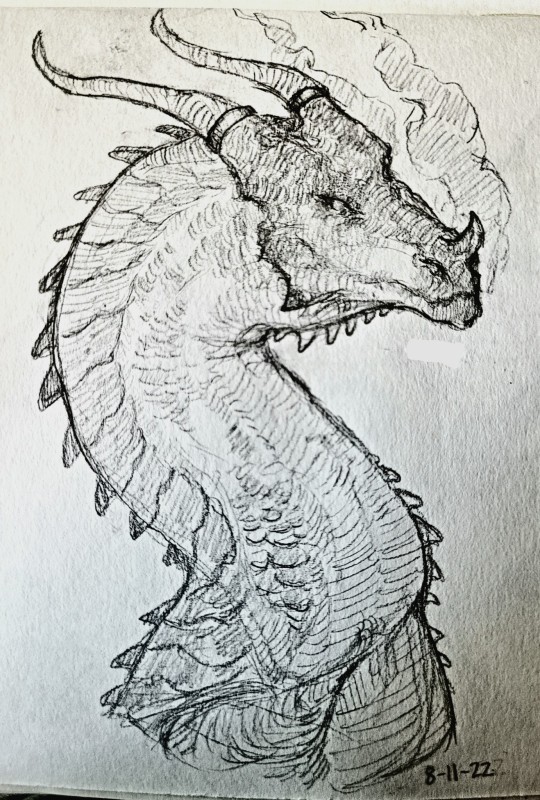


961 notes
·
View notes
Text
You'll never guess who's coming to save the day

#dragons#wof#wings of fire#wof art#clay#tsunami#glory#starflight#sunny#mudwing#seawing#rainwing#nightwing#sandwing#art#my art#dragonets of destiny#mothie's art
796 notes
·
View notes
Text
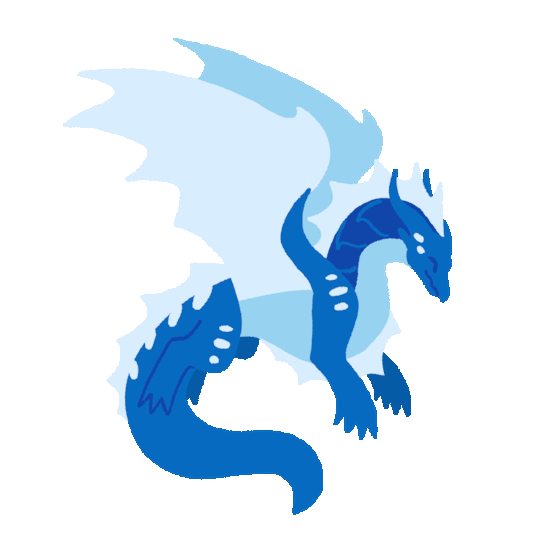
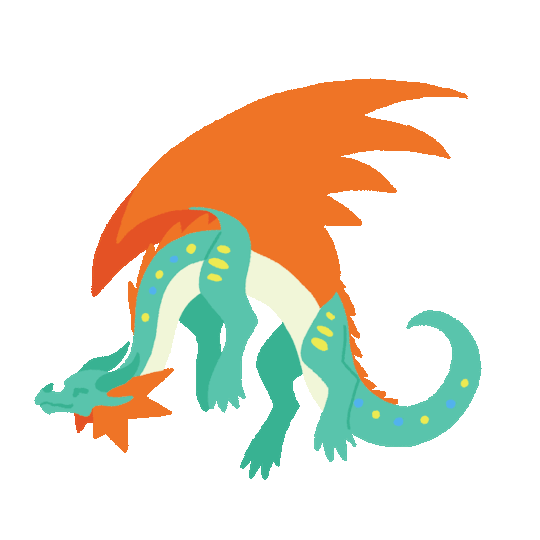



wobbly dragonets of destiny :)
#wof#wingsoffire#wings of fire#sunny#tsunami#clay#starflight#glory#dragon#dragons#sandwing#nightwing#pyrrhia#mudwing#seawing#rainwing
837 notes
·
View notes
Text
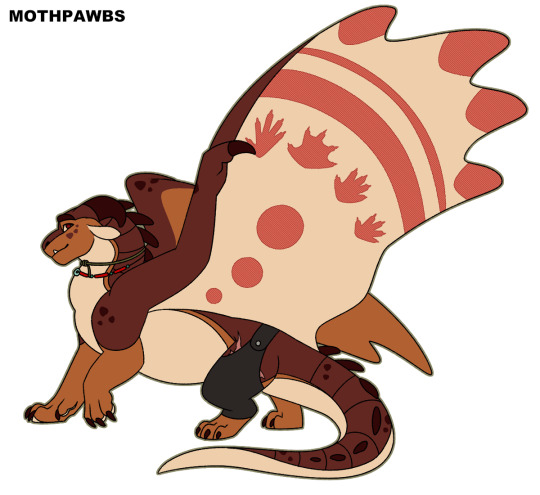
full design for clay! i wanted to experiment with my mudwing tattoo headcanons, specifically that a bigwings will get their troop's talonprints on their wings when they become an adult.
other things pictured are a grass cord with four knots for each of the other dragonets, a necklace of fired clay beads with a jade piece designating his association with jade mountain academy, and a leg brace based off ones made for large dogs.
852 notes
·
View notes
Text
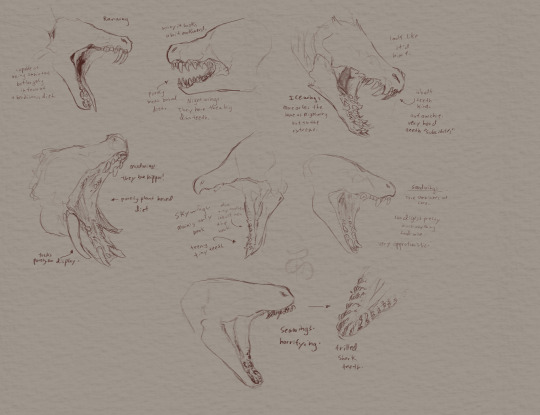

Teethers
#101 crappy biology#my art#wof#wings of fire#wof fanart#hivewing#silkwing#leafwing#nightwing#mudwing#icewing#seawing#sandwing#rainwing#skywing#That should be all of them#have fun deciphering my handwriting
1K notes
·
View notes
Text

Page 5!
Asha is the MudWing guardian who died delivering Clay’s egg, and his aunt
Atala is the SilkWing Snowfall dream projects herself into while crossing the sea in book 14
Auklet is the daughter of Queen Coral, and her youngest living daughter
Avalanche is Flame’s mother
#wings of fire#wof#wof art#wings of fire art#mudwing#silkwing#seawing#skywing#auklet wof#asha wof#Avalanche wof#Atala wof
761 notes
·
View notes
Text
MUDWINGS

Physical traits
Sharing a close common ancestor with seawings, mudwings are a very large flightless breed of dragon that have adapted to the swamps and mountain borders of their lands. The largest tribe in terms of their sheer bulk, mudwings typically have a chunky build, with fat tails and short powerful legs built for endurance, not speed. Mudwings are ambush predators, choosing to wallow in deeper waters to catch their prey or graze on plants. With iron stomachs and their powerful jaws and tongues, mudwings can eat just about anything they find. Their large canines and gum flaps are mostly used for displays of intimidation, as well as their gills.
Mudwing gills only work during their hatchling years in order to allow the babies to hide underwater from predators who would eat the unprotected newborns, who’s scales are incredibly soft. As they grow older, mudwings lose the functional abilities of their gills but in exchange, grow thick flexible scales that protect their faces and bodies, with their underbellies remaining mostly soft. Mudwings’ head ridges grow into horns that are layered and transition into a neck crest. Many mudwings also sport “beard” ridges on their face regardless of gender, and these serve no purpose but are considered attractive.
Mudwings are semi aquatic and can remain underwater for several hours, their soft nose flaps can close to prevent them from breathing water and their massive lungs can hold great deals of air. To help them detect prey in murkier waters, mudwings also have whiskers on their brows and around their noses,the exception to this is newborns, who’s whiskers grow in as they age. As hatchlings they all tend to be a solid dull shade of any color, but brighter accent colors develop in adolescence.
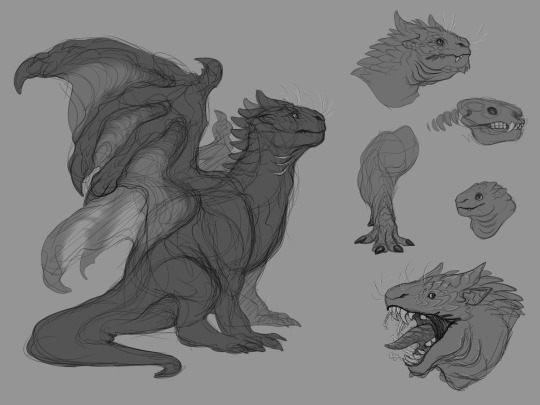
Customs
Mudwings are a festive tribe, holding annual contests pitting sibling groups against each other in various sports, with a focus on having each sib group demonstrate how well they cooperate with each other. Mudwings also have a deep connection to food and mealtimes, their cuisine is heavily made up of stews and soups and large meals that can be shared, such as meat roasts. Mudwings borrow from sandwing culture and use sandwing spices so frequently in their cooking that they’ve become a staple in every mudwing household. The emphasis on sharing a meal with a guest is also extremely important, to not offer a meal to a stranger is considered a hostile action against that stranger by other mudwings. They appreciate foods from all over Pyrrhia and many merchants from other tribes come to the mudwing kingdom to sell treats and food that would not be welcome in other places due to cultural differences.
Mudwings are also incredible storytellers, with much of their history being passed down through oral storytelling, they don’t keep many written records but instead have bards who’s duty is to teach mudwings about their history and entertain them with song. They swear oaths that bind them to a faithful retelling rooted in truth, but they are allowed to make the stories as poetic as they please. Mudwing bards have traveled across Pyrrhia and some even tell the histories of other tribes. Despite their rich tradition, the other tribes tend to dismiss the mudwing approach, since they see bards as unreliable.
993 notes
·
View notes
Text
On Mudwing Culture
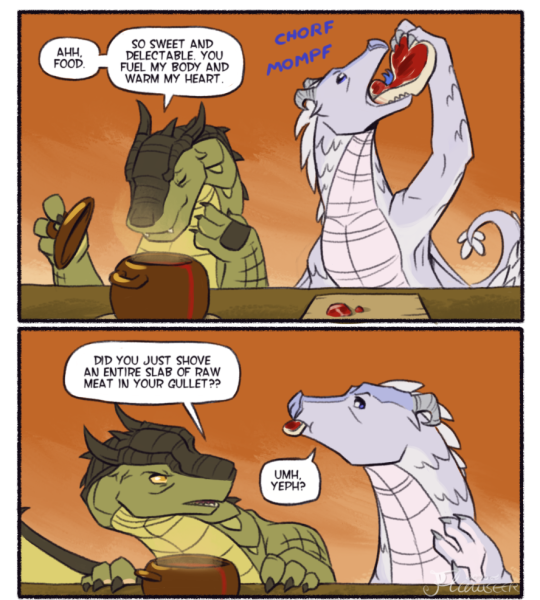
My last deliberation on Seawings and their eccentric insult vocabulary seemed to be well-received, so here is another one of my headcanons:
Mudwings are seriously into food.
I know, pretty revolutionary take when there is only a handful of named Mudwing characters, and two of them love eating so much that it either almost or entirely eclipses their personality.
But Clay and Ochre are not what I am talking about. This isn’t about a love of eating (though many Mudwings admittedly do have that). I’m suggesting that, out of all the tribes from Pyrrhia, Mudwings are at the forefront of food preparation and culinary innovation, to the point where a large part of their culture revolves around it.
The State of Food Preparation on the Continent
Pyrrhia as a conglomerate of different cultures largely sustains its populations through hunting and gathering. The average dragon, when the hunger pangs set in, will make a hasty trip into the nearest forest, cave, or scavenger den and round up some prey animals. In most cases, this prey will go straight from the talons to the mouth, or, if the hunter is a bit more forward-thinking, into the pantry, and then from talons to the mouth.
There are a few variations of this practice; Skywings may give the carcass a quick roast on an open flame before eating it, Sandwings may dry the meat out so the excess moisture does not upset their internal water balance, Rainwings will prefer fruit over meat. Icewings will nearly always consume their prey raw and unseasoned, as their extremely delicate palate is easily overwhelmed by intense flavors that may be released through cooking.
More complex forms of food preparation seem to exist mostly outside the scope of the general populace. The practice of “cooking” appears to be limited to the ranks of aristocracy, with dedicated cooks only found within the court of a queen or in private households of other high-born individuals. It creates a sharp divide between commoners and social elites, between the wealthy and (as Sea Queen Coral once put it so succinctly) the “eel-eating masses”. All exemplified through the differing standards of food.
And yet somehow, standing in stark contrast to everywhere else on the continent, nearly every Mudwing-- from the most low-born runts of the Diamond Spray Delta to the most decorated head advisors in the Queen’s palace --knows how to cook, and will do so regularly.
Why is that, and how did it happen?
Historical Benefits of Cooking
Most things that form the backbone of a culture usually start with some ancient practice that was useful at some point in time and then, as people kept doing it, eventually got absorbed into public awareness and became “the way things are done”.
Mudwings face a unique challenge compared to anyone else, as they are the only tribe whose combat prowess is significantly affected by their environment, specifically climate, weather, and temperature. Sure, you can take any dragon, drop them into an unfavorable climate, and they will generally perform worse than under normal circumstances. But the unique weakness of Mudwings is that they lose their breath weapon when they get too cold. Place an Icewing into a burning room and they will still be able to use their frost breath. Pluck a Sandwing from their dry environment and drop them into the humid, sweltering hell of the jungle, their natural weapons will still function. But make a Mudwing cower between two piles of snow for a while, and their internal fire will go out quickly.
As you might imagine, this is a bit of a liability when you have to defend your territory from Skywings hiding and scheming among the frozen peaks bordering your country.
So the ancient Mudwings had to figure out a solution to their conundrum, and what they came up with was this: They got a large pot and filled it with water, threw in all manner of meats, plants, and herbs, whatever they could find where they were holed up, then boiled it until it was good and filling. The hot food in their bellies helped them stay warm even at high altitudes and allowed them to stand their ground against the northwestern invaders.
Soon it became tradition for troops to share a hotpot the night before battle, and a rich variety of hearty broths and stews developed from there, as these were simple to make from scraps and could be reheated easily. The practice became so popular, the Mudwings kept doing it even during peacetime. Soon, in addition to the hunting of prey animals that was commonplace, Mudwings began to cultivate vegetable gardens to have access to a more stable supply of ingredients. Eventually, their growing understanding of agriculture allowed them to grow rice, which was especially well-suited to the abundance of wetlands found in their territory. Everyone was cooking now.
The Role of Food in Mudwing Society
If you ask several Mudwings which core values represent their tribe best, many would likely put forward some variation of “camaraderie”, “family”, or “loyalty to your sibs”. They are a very social people who form deep bonds with those whom they grew up with, and one of the most direct ways to grow close to someone is to share your meals with them every day. As such, the preparation and consumption of food is a vital part in maintaining cohesion between members of a Mudwing sibling group.
Every one of these groups will have a “Bigwings”, which is understood to be a combination of a leader and caretaker role. The Bigwings is aware of all of their sibs’ culinary preferences and needs and has all of the troop’s recipes memorized. When mealtime approaches, he or she makes the call on what kind of dish will be prepared and delegates roles and tasks to the troop. This is a daily exercise that builds the Bigwings’ authority and communication skills, and reinforces trust and familiarity between all siblings.
Next to the Bigwings is the Gatherer, which historically was a role assigned to one or more troop members who foraged for wild vegetables or hunted more prey if the previous communal hunt did not yield enough. While this is still true today, many Gatherers also maintain a garden or wet patch to source fresh vegetables or grain for meals.
And lastly there is the Communicator, which is a role usually assigned to the most social and charismatic sibling. The Communicator is vital for coordinating battle strategies with other troops, which, while very important, is not really all that relevant for this deliberation. What is relevant however, is the role they fulfill during peacetime, which is to set up joint meals between two or more sibling groups. This practice is critical for maintaining morale, as doing this regularly helps expand the troop’s palette and keep their Bigwings inspired. That way the troop’s collection of recipes stays fresh and innovative instead of turning stale and rigid.
Of course how much each troop values culinary exploits varies between individuals. Some Mudwing groups are outspokenly passionate about cooking and advancing their craft. They might view their work as an expression of art and get very upset or offended if you indicate that thinking about food is unimportant or a waste of time. Some extreme cases may even get angry at you if you waste ingredients or refuse to elevate a dish to its fullest potential by not seasoning it well or doing something else to ruin it. Other groups may be more relaxed and casual about food preparation, and a few might even not think about it much at all.
If a Mudwing invites you to dinner, it is paramount to figure out which of these groups they belong to beforehand, so you may get an understanding of how much of a threat this outing may pose to your health, especially if you are an Icewing or Seawing with a limited palate.
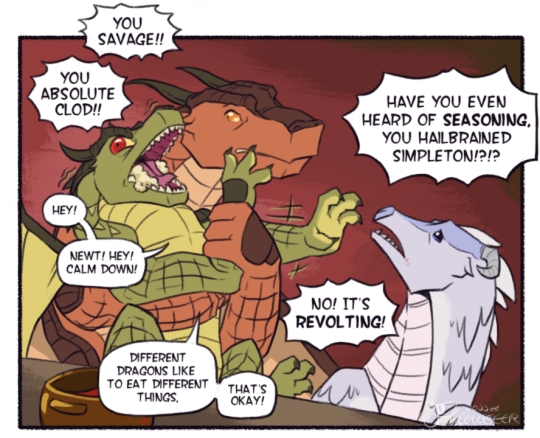
Is there any evidence for this in the books?
To my knowledge, there isn't much. Mostly because there isn't much about Mudwings and their culture in general. Across all the books, only one of them has a Mudwing protagonist, and the vast majority of it is spent in the Sky Kingdom, so his roots don't get a lot of exposure. Then whenever another Mudwing comes into the story, they tend to exit it very quickly after, without being able to share more.
I made this theory for myself largely in response to Mudwing culture being such a big question mark. I initially came up with it when I saw a Mudwing gardener in Escaping Peril and thought "That could be a cool direction for the tribe." The guidebook that released recently gave me some additional pointers with regards to a few of the looser points of this theory.
I'm hoping it is interesting, or at the very least entertaining in some way.
1K notes
·
View notes
Text


My page for a Wings of Fire graphic novel redraw project! 💖
#wings of fire#wof#dragon#dragons#dragon art#wof tsunami#wof clay#wof sunny#wof glory#wof starflight#nightwing#mudwing#seawing#sandwing#rainwing#doodles noodles#dragonets of destiny
633 notes
·
View notes
Text
Free to use Wof chibi bases! Pyrrhian tribes only!!

Link to bases: https://toyhou.se/26235084.wof-chibi-bases-pyrrhian
#my art#digital art#art#dragon#fluffy dragon#wings of fire#wof#dragons#Rainwing#seawing#nightwing#Sandwing#Skywing#Icewing#Mudwing#mud wing#Sky wing#night wing#Ice wing#sand wing#sea wing#rain wing#Chibi#base#wings of fire base#wof base
610 notes
·
View notes
Text


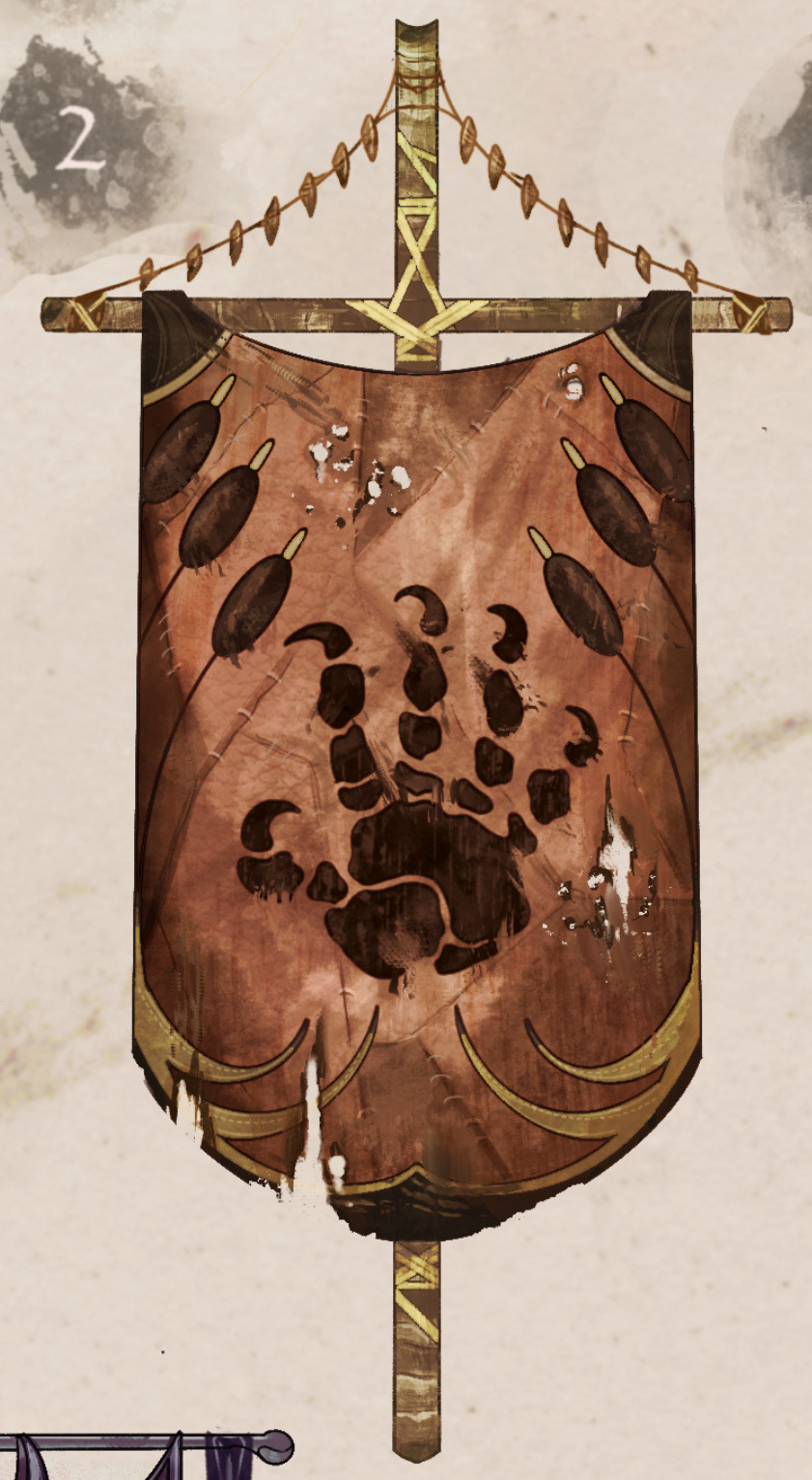
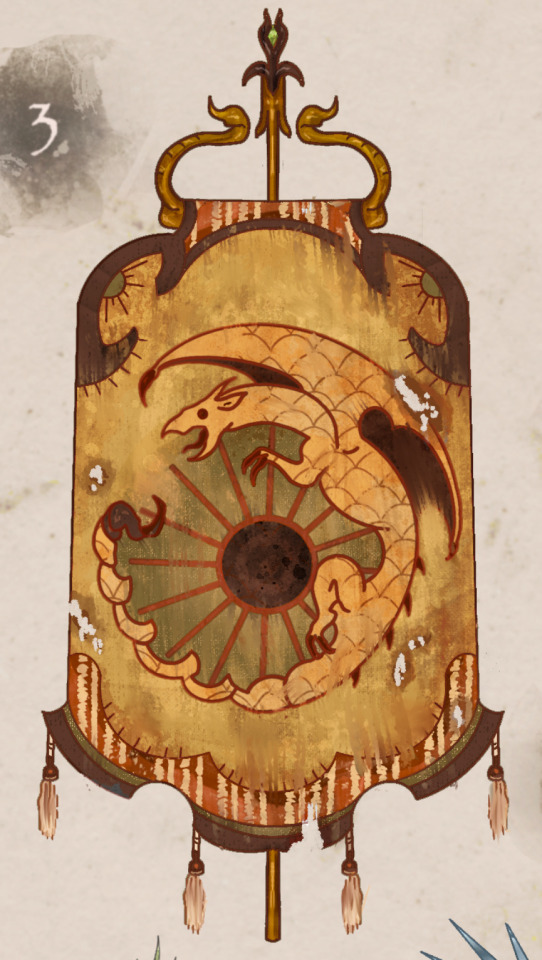


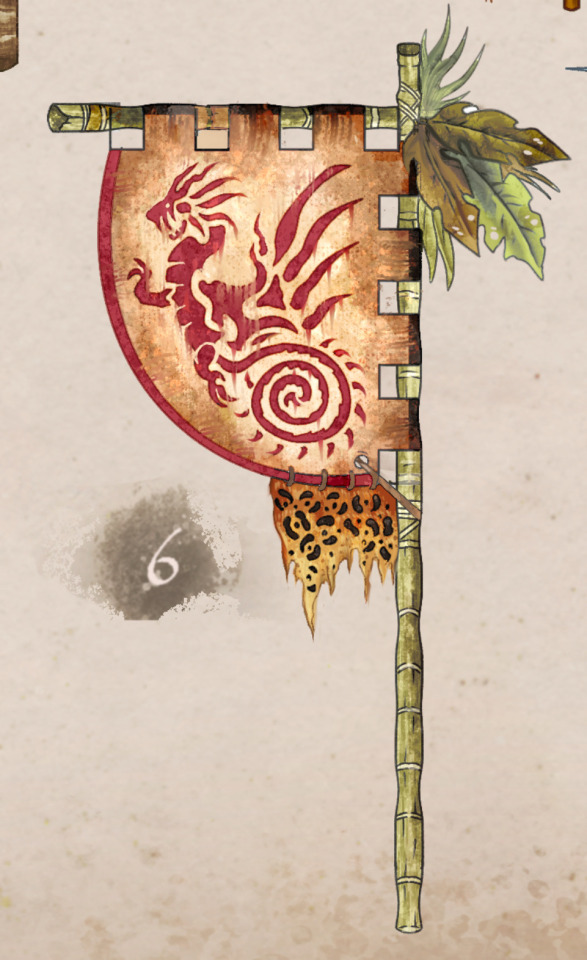
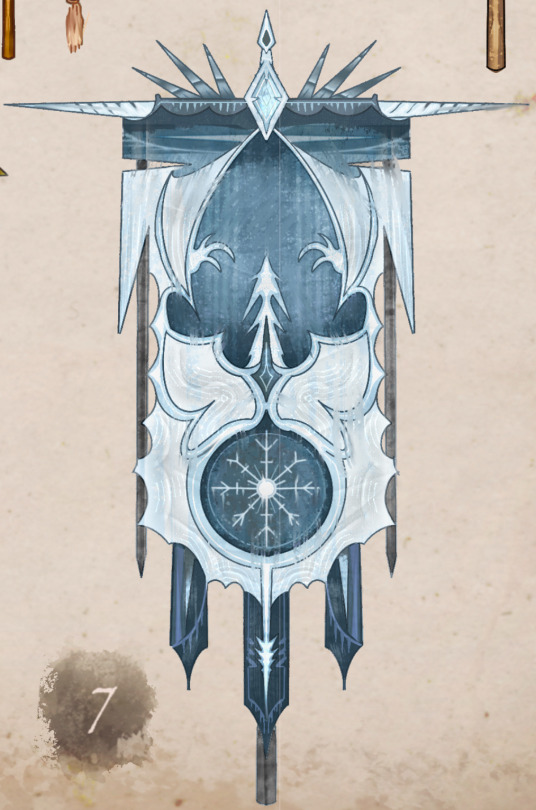

Tribe Banner concept art:
Folks seemed to enjoy my WOF WIPS, so here’s more concept art for y’all! My favorite thing about WOF is the potential for world building. I thought it’d be cool to see a tribe emblem represented on a banner/flag of sorts:
Read below for some of the thought process / headcannons behind the design choices: 👇
Skywing Banner:
Skywings pride themselves on 3 things; treasure, fire, & their enormous, soaring wingspan which steals the sky.
As such, portrayed on the banner, the fabric (often made with dyed cow or goat leathers) resembles draped dragon wings. Two Skywings embrace a goblet, which is spewing golden fire.
The banner is often held aloft with iron or gold poles, signifying to other tribes their wealth and pride.
Mudwing banner:
These banners are fashioned with leather hides from cow or crocodile skin, held aloft with bamboo, and painted with a Talon-print & Reed crest.
The talonprint symbolizes community and the strength of Mudwing sibling bonds. The reed border unifies all Mudwings regardless of their relationship to home; the swamp. Bigwings are often seen carrying these into battle, signifing their status and making it easier for a sib to locate them in the flurry of a fight.
Sandwing Banner:
Sandwing flags are made with camel skins and dyed cactus leather.
A crest shows a Sandwing coiled around a beaming sun, a reminder that despite the revered 3 moons, Sandwings are born to thrive in sunlight.
The fabric is cut in a way to mimic the swooping dunes of Sandwing territory. And the poles of the flags are equally intricate, with scorpion tails and golden ropes which frame the banner.
These flags make prominent appearances in parades, festivals, and markets, and even miniature version are often displayed in homes or as tapestries/carpets.
Seawing banner:
These banners are often seen displayed in royal quarters or councils, or above land to mark territory.
A nautilus shell crest on front echoes the swirl-pattern associated with royal Seawings: The banner’s borders resemble waves and a dragon swimming beneath their surface.
These are crafted with rich materials, strung with seashells, pearls, silver dollars, and deep oceanic color fabric. There is severe penalty for Seawings found plucking treasure from the banners, as they are a direct symbol of royalty.
Nightwing Banner:
These banners emphasize the Nightwings’ relationship to the moon, their source of power and praise. The material, a contrast of white stitching against purple velvet showcases moonlight and night, black scales against stars, magic and mystery.
They are seen decorated with 3 moons at the top and a centered dragon reaching up into the night sky.
These banners were often used during the war as secret code by spies to deliver to other tribes. Prophecy scrolls often came attached, delivering cryptic messages or secrets in the night. These banners all helped add to the secrecy of the Dragonet Prophecy, and kept tribes on their toes around Nightwings.
Rainwing banner:
Rainwing banners are not used for battle purposes like other tribes, most are mere decoration, location indicators, and have no unified design.
However, It is said back when Rainwings left the rainforest to trade pre-war, this particular banner design was often raised above Rainwing merchant tables, and showcases the coiled tail of a Rainwing with leaves, vines, and other sights from the rainforest adorning a bamboo pole. Bright color combinations accentuated the flag to entice curious customers.
Now, only one tattered version of the original Rainwing banner remains, displayed proudly in Queen Glory’s quarters, a reminder that building the Rainwings’ community is their most important goal.
Icewing Banner:
These banners reflect the same standards Icewings hold themselves to.
Like a visual of the rankings themselves, each banner is cut perfectly from an Icewing’s trained, serrated claws to resemble icicles, and crafted with fine blue stitching.
Flags are often held aloft with perfectly polished narwhal horn or bone, and can be inlaid with sapphires or diamond.
Icewing soldiers are often gifted these during ceremonies, and perform training exercises with the flags to test their stance/attentiveness. The crest showcases the swift sharpness of ice through a flying dragon, and a snowflake toward the bottom reminding Icewings that even minuscule snowflakes, small things, should be perfect in form.
#wings of fire#wof#rainwing#sandwing#icewing#mudwing#skywing#nightwing#nightwing wof#seawing#dragon art#dragon#art#concept art#bookart#wof fanart#wings of fire art#book fanart#books#illustration#dragon drawing#wof art
2K notes
·
View notes
Text

+ my deranged process
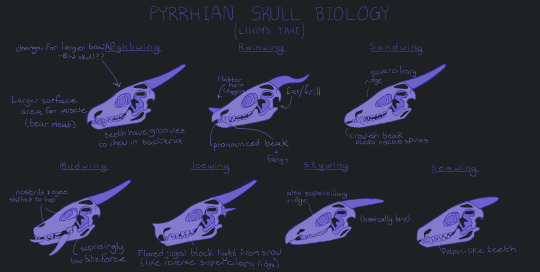
Inspired by @otiksimr!
#wings of fire#wof#wings of fire headcanon#wof headcanon#nightwing#rainwing#sandwing#mudwing#icewing#skywing#seawing#spec bio#anatomy art#my art
767 notes
·
View notes